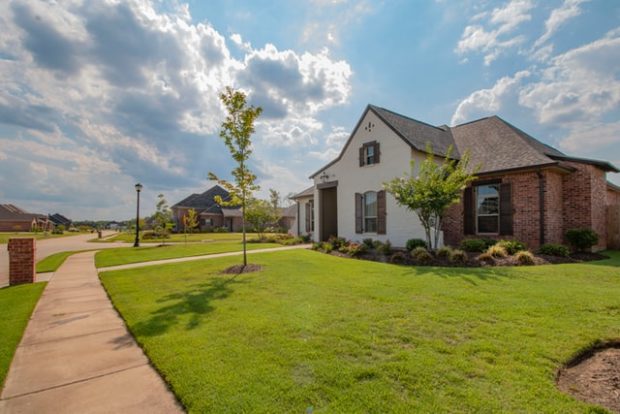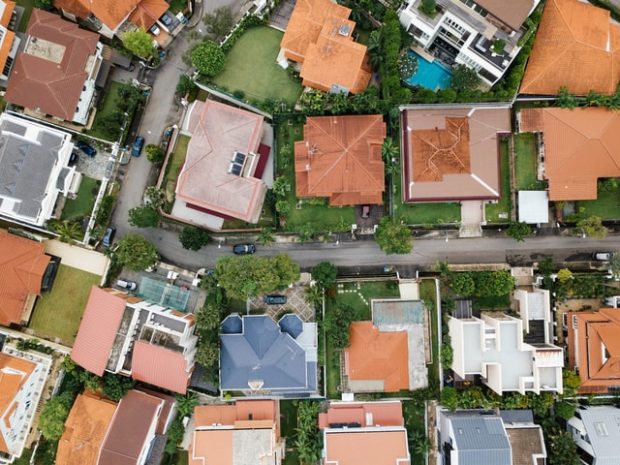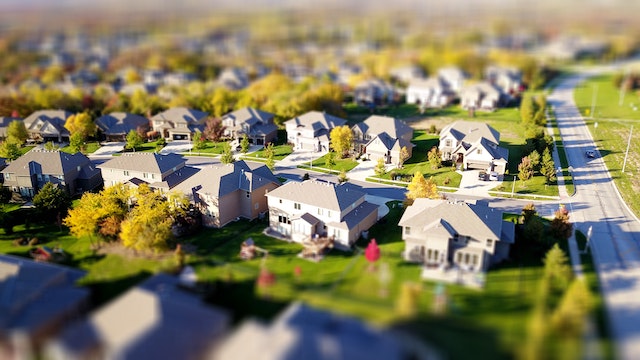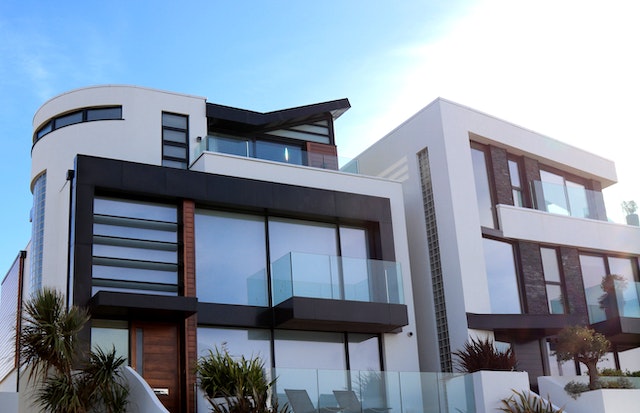By 2026, the US residential real estate industry is expected to expand at a 5.77 percent compound annual growth rate.
For instance, multifamily housing gained prominence during the Great Recession and has continued to expand in popularity due to the surge of millennials into the workforce.
Multifamily occupancy has held up very well after the Great Recession, hovering around 95%, for various reasons. However, supply has been playing catch-up for most of the previous decade since essentially nothing was constructed in the early stages of the Great Recession recovery due to financing being so difficult to get.
Another aspect is the high cost of ownership for many individuals, with the homeownership rate maintaining significantly below its all-time high. Additionally, new apartment developments are attempting to tap into a new market.

At the upper end of the market, a new species of renter has developed. Class A, urban-core, or premium suburban residences are almost certainly out of reach for tenants in existing, older apartments.
Hottest Markets at Present
Burlington, North Carolina, reclaimed the top place on the list of the hottest home markets in November. This location debuted at the top of the list in November 2020 and has held the top spot a total of four times.
Burlington broke into the top 20 for the first time in May 2019 and has been in the top five for eleven of the last twelve months.

The Market Hotness rankings published by Realtor.com include two facets of the property market:
- Market demand, as shown by the number of unique visitors per property on Realtor.com.
- Market speed, as indicated by the number of days a listing stays active on Realtor.com.
The Pursuit of Affordability Continues to Fuel Local Real Estate Industry
For reasons that include a mix of cost and the opportunity to work from home, activity has expanded throughout the country, especially on the West Coast.
However, the costly Santa Maria-Santa Barbara, CA area ranked fifth on the country’s 20 hottest markets list in November.
California, which accounted for 13 of the top 20 markets in January 2018, currently accounts for Eureka and Santa Maria-Santa Barbara. The west area features three markets in the top 20, including two California markets and Yuma, Arizona, a significant decrease from the nine West region hottest markets in November 2020.
Nine of the top twenty markets were in the Midwest, while four were in the Northeast. Southern housing markets retained four of the top twenty rankings, up from two a year earlier.
For the second month in a row, North Carolina and Indiana maintained their popularity, with three metros apiece, namely Burlington, Durham-Chapel Hill, NC, Raleigh, and Elkhart-Goshen Lafayette-West Lafayette, IN, and Fort Wayne.
Conclusion
By definition, the hottest housing markets are those in which properties sell quickly and where a high volume of prospective buyers goes through each listing.
Homes for sale in these areas are selling up to 13 days quicker than the average property in the United States.
The West Coast has shown a significant increase in sales. If you want to sell your house without a realtor in San Diego, click here for helpful tips and assistance.












